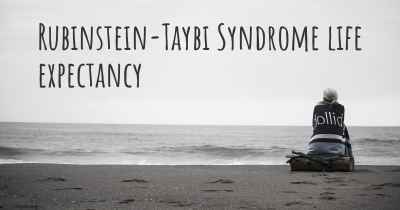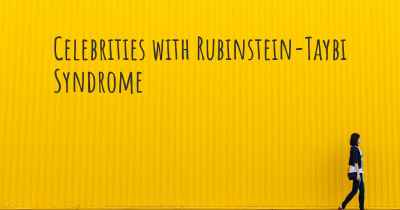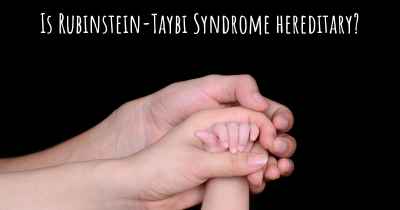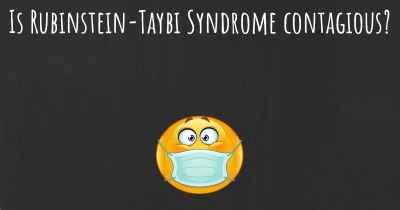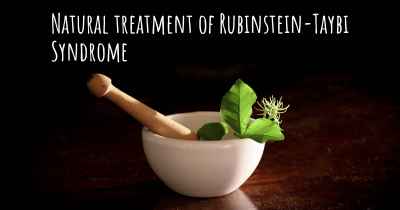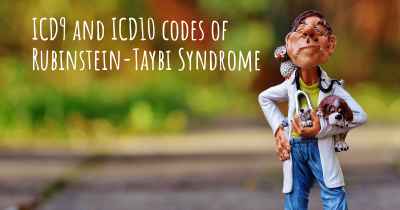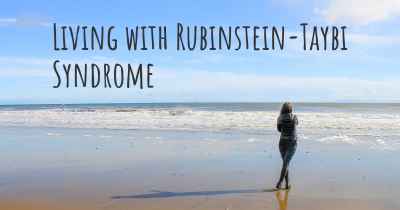How is Rubinstein-Taybi Syndrome diagnosed?
See how Rubinstein-Taybi Syndrome is diagnosed. Which specialists are essential to meet, what tests are needed and other useful information for the diagnosis of Rubinstein-Taybi Syndrome
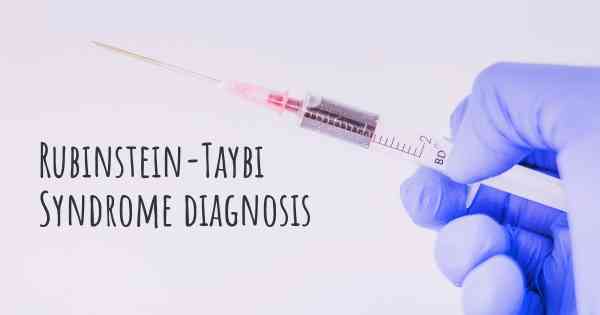
Diagnosis of Rubinstein-Taybi Syndrome
Rubinstein-Taybi Syndrome (RTS) is a rare genetic disorder characterized by physical and intellectual disabilities. Diagnosing RTS involves a comprehensive evaluation of the individual's medical history, physical features, and genetic testing. While there is no single definitive test for RTS, a combination of clinical assessments and genetic analysis can help confirm the diagnosis.
Clinical Evaluation
The initial step in diagnosing RTS involves a thorough clinical evaluation by a healthcare professional experienced in genetic disorders. The doctor will review the individual's medical history, including any developmental delays, growth patterns, and characteristic physical features associated with RTS.
Physical Features: RTS is often characterized by distinct physical features, which can aid in diagnosis. These features may include:
- Prominent and broad thumbs and big toes
- Facial abnormalities such as down-slanting eyes, a beaked nose, and a thin upper lip
- Low-set ears and a small head size
- Short stature and skeletal abnormalities
Developmental Delays: Individuals with RTS typically experience varying degrees of developmental delays. These delays can affect speech and language development, motor skills, and cognitive abilities. The doctor will assess these developmental milestones to determine if they align with the characteristics of RTS.
Genetic Testing
Genetic testing plays a crucial role in confirming the diagnosis of RTS. The two primary genetic tests used are chromosomal microarray analysis (CMA) and DNA sequencing.
Chromosomal Microarray Analysis (CMA): CMA is a high-resolution genetic test that can detect small deletions or duplications of genetic material. It examines the entire genome and can identify genetic abnormalities associated with RTS. CMA can help identify specific genetic changes in approximately 50-60% of individuals with RTS.
DNA Sequencing: DNA sequencing involves analyzing specific genes associated with RTS. The most commonly tested gene is CREBBP (cAMP response element-binding protein-binding protein), which is responsible for approximately 50-60% of RTS cases. Another gene, EP300 (E1A binding protein p300), is responsible for a smaller percentage of cases. DNA sequencing can identify mutations or alterations in these genes, further confirming the diagnosis.
Additional Diagnostic Considerations
In some cases, the clinical evaluation and genetic testing may not provide a definitive diagnosis. This can occur if the genetic abnormalities associated with RTS are not detected or if the individual's symptoms do not align with the typical presentation of RTS. In such instances, further evaluations may be necessary, including:
- Metabolic Testing: Certain metabolic disorders can present with symptoms similar to RTS. Metabolic testing can help rule out these conditions.
- Developmental Assessments: Comprehensive developmental assessments, including cognitive and behavioral evaluations, can provide additional insights into an individual's abilities and challenges.
- Consultation with Specialists: Consulting with specialists such as geneticists, neurologists, and developmental pediatricians can provide a multidisciplinary approach to diagnosis and management.
It is important to note that the diagnosis of RTS can be complex and may require a combination of clinical expertise, genetic testing, and further evaluations. A thorough evaluation by a healthcare professional experienced in genetic disorders is crucial to ensure an accurate diagnosis and appropriate management of the condition.
Posted Mar 30, 2017 by Lspinelli 1000
For the rest of cases, still there is no way to show them, but studies are underway in different countries, at least the Netherlands and Spain.
Posted Mar 30, 2017 by Álvaro Martos 1050
